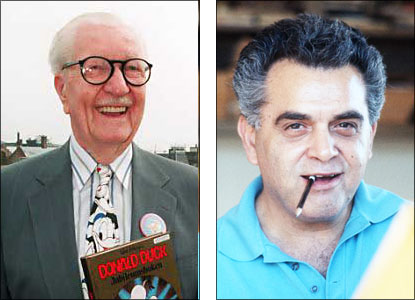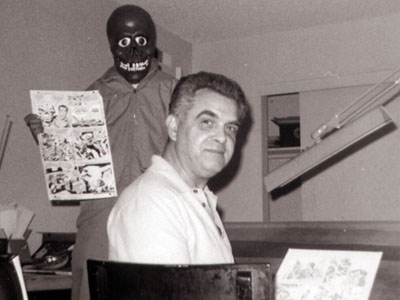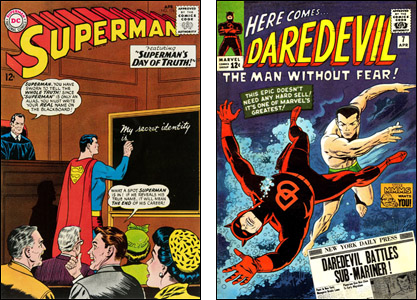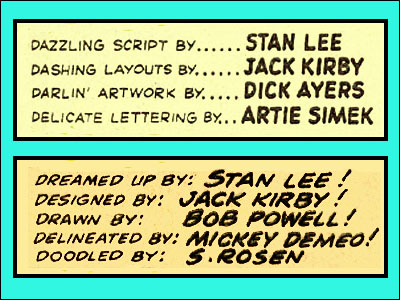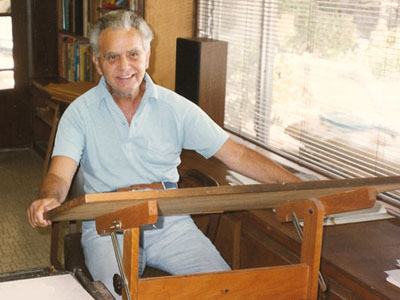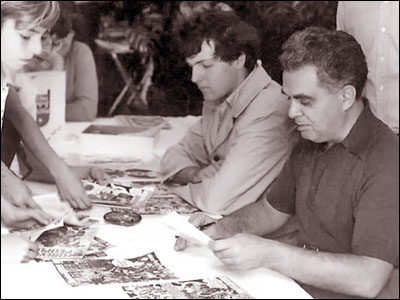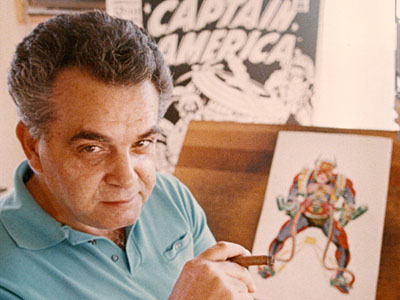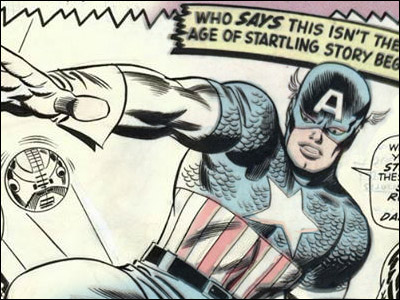
My old pal Andrew Paquette sent me a couple of questions about Jack Kirby. Here's the first one…
Did Kirby ever express a preference for his Marvel, DC, or earlier work? I ask because they are so different from each other. Lately, I've been buying copies of Popular Romance and Justice traps the Guilty. The stories and art are very interesting, but so different from the superhero comics that it is difficult to compare the two.
It made me wonder if the non-fiction nature of many of those titles (Headline Comics is another) was Joe Simon's influence, and Kirby didn't care what he was drawing, or if he did have a preference and was later disappointed that the non-superhero genres died out after Marvel hit the scene with his superhero creations.
First, I assume you mean Young Romance. One of the many fascinating things about Jack was that he loved all genres and among the zillions of comics he did, there weren't many he did not enjoy because of the content. How he was treated by the publishers and editors was another matter but I don't think you're asking about that kind of thing.
What I think he was happiest doing was the work where he could write and pencil and have the stories come out the way he wanted them. He really did not like a brief period in the seventies when DC had him drawing scripts by others, especially on Sandman, which he thought was a terrible comic.
Because of his background, he had a slight preference for war comics but beyond that, he was fine with anything as long as it came out roughly the way he wanted it to. Science-fiction, western, humor, romance, ghost comics, super-heroes…they were all pretty much enjoyable to him. Some were preferable at certain times because he thought one kind was more commercial and it made him happy to do a comic that sold well.
He was proud of the Marvel books of the sixties because he considered them so much his creation, albeit work that sometimes frustrated him because of things Stan Lee did. When I met him, I asked if he had a favorite story and he named "Mother Delilah," a story he'd done for Boys Ranch. Later on, his answer to that question was "The Pact," a story for New Gods. Here's the other question from Andrew…
This leads to another question: what was the difference between running his own studio at Prize and Crestwood compared to Marvel? From what I've read, I'm surprised he went to Marvel at all, though I'm glad he had the opportunity to create that stable of characters.
Jack did not go back to Marvel in the fifties because he wanted to. He went back there because it was the only place he could find that was then willing to buy work from him. He would have much preferred to have his own studio or be part of something like the Simon-Kirby operation but by that time, publishers weren't willing to do business on that basis. They all wanted the work created by writers and artists working directly for them under the supervision of in-house editors.
When I went to work for Jack in 1970, he had a fantasy — and he kinda knew it was a fantasy — that DC would let him produce his work for them on that basis. As it turned out, they wouldn't even let him control the coloring in California and they fought for the longest time having someone like Mike Royer letter and ink the work out here. They clung to the idea that the office created the comics and I think (and Jack thought) that was one of the reason sales kept going down, down, down.
Thanks for the questions, Andrew. If anyone else has any, read the box below…

